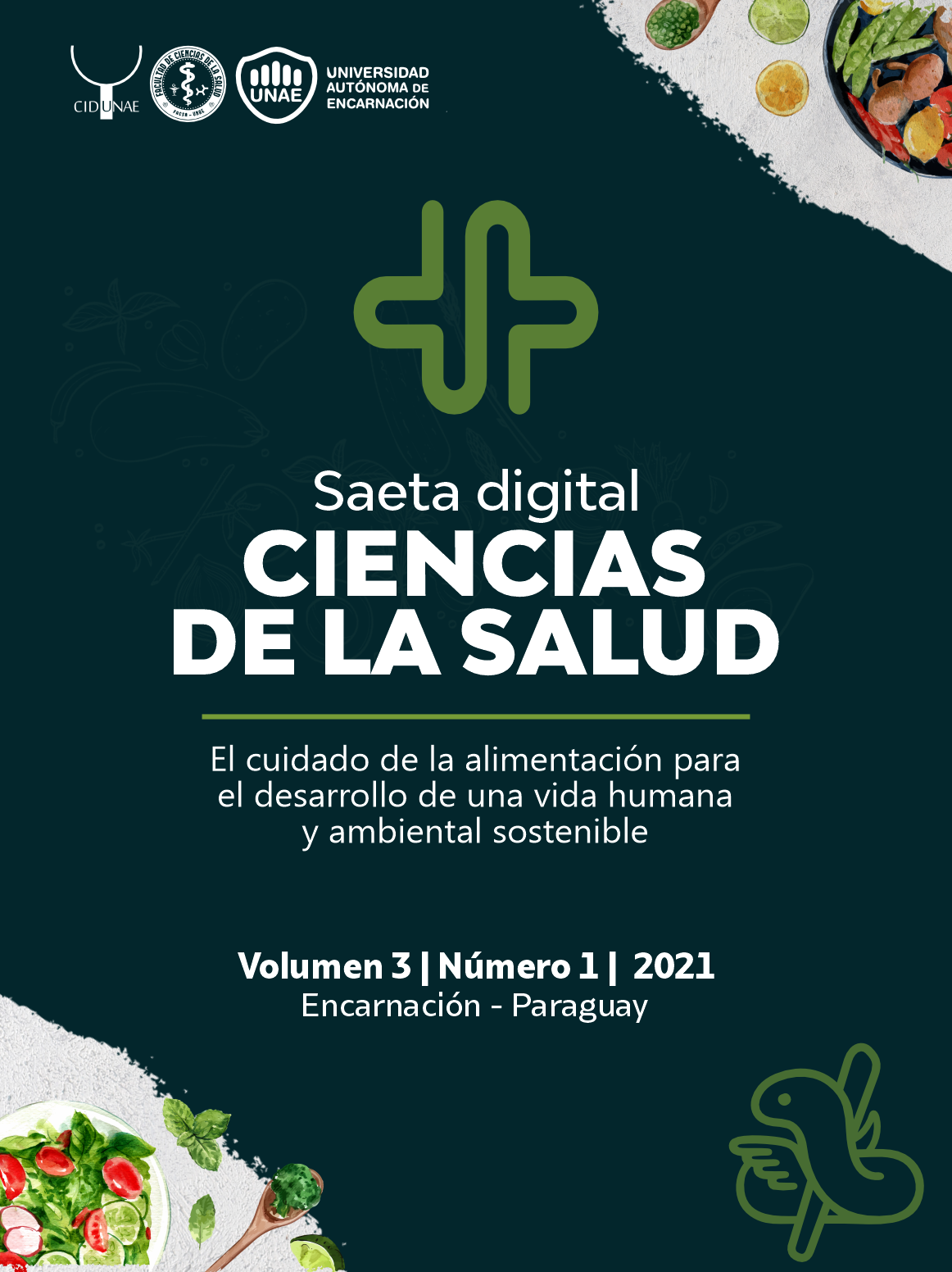OPTIMIZANDO PROTOCOLOS PARA MEJORAR EL BIENESTAR ANIMAL MEDIANTE LA CONSERVACIÓN DE SEMEN EQUINO
Palabras clave:
Equino , Semen , CriopreservaciónResumen
El transporte del semen refrigerado y su uso mediante inseminación artificial (IA) es una práctica rutinaria en reproducción equina la cual evita el transporte de animales, reduce riesgos, estrés animal y costos de traslado y aumenta las posibilidades de uso de un reproductor (Douglas- Hamilton 1987). En las últimas décadas la IA con semen congelado en equinos ha adquirido gran importancia. La mencionada biotecnología permite almacenar material genético de valor y utilizarlo incluso cuando los padrillos ya no están disponibles, pudiendo distribuirse el material genético de un padrillo por todo el mundo. La refrigeración de semen diluido y su almacenado por algunas horas conservando parámetros seminales similares a los del semen fresco permitiría trasladar el semen hasta un laboratorio para su posterior congelamiento. Este hecho haría posible realizar la colecta de semen a campo y el traslado del eyaculado permitiendo el congelamiento sin necesidad de trasladar a los padrillos o contar con un laboratorio in situ. El objetivo fue estudiar la supervivencia espermática en semen equino luego de la refrigeración a 4°C durante 4 horas y post-descongelamiento. Se utilizaron 10 padrillos Se recolectaron con vagina artificial dos eyaculados de cada animal. Luego del filtrado se evaluaron las características macroscópicas: Color, Aspecto, Volumen (ml) y microscópicas: (AndroVision®, Minitüb GmbH, Tiefenbach, Germany) Movilidad progresiva (MP); Porcentaje de vivos con tinción de Eosina – Nigrosina [% PV]; prueba de HOS ([% de colas enrolladas] post incubación en solución de lactosa 50mOsm). Acrosomas intactos (AI, % de acrosomas intactos) El semen filtrado fue diluido a una concentración de 50 x106 por ml en un diluyente base leche descremada-glucosa, almacenado a 4°C durante 4 h y posteriormente se realizó el congelamiento. En ambas etapas, el semen fue sometido a las pruebas de contrastación microscópicas descritas anteriormente. Los datos obtenidos fueron analizados mediante ANOVA. La significancia fue establecida como p<0,05. Se observaron valores semejantes de MP, VM, HOS y AI en semen fresco y luego de 4 hs de refrigeración. Así mismo, estos últimos se compararon con los valores post descongelamiento (57,6±4,8 vs 20,07±5,8; 66,5±2,8 vs 60,9 ± 3,8, 66,5±3,5 vs 36,09±5,1; 80,4±2,6 vs 60,3±3,6 respectivamente). Nuestros resultados sugieren que el semen refrigerado podría ser transportado y congelado luego de 4h de almacenado a 4°C permitiendo colectar en el campo y criopreservar en un laboratorio debidamente equipado sin necesidad de trasladar a los equinos. Futuros estudios permitirán profundizar los conocimientos en refrigeración por cortos periodos previos a la congelación.
Citas
Cochram, J., Amann, R., & Pickett, D. F. (1984). Effects of centrifugation, Glycerol level, cooling to 5°C, freezing rate on the post thaw motility of equine semen. Theriogenology.
Colebrader, B. (2011). Techniques for Evaluating Frozen Semen. In M. K. A.O, Equine Reproduction, Second Edition (Vol. 2).
DH Douglas-Hamilton, PJ Burns, DD Driscoll, KM Viale - J Reprod Fertil, (1987). Fertility and characteristics of slow-cooled stallion semen.
Estrada, A., & Samper, J. (2007). “Evaluation of Raw Semen”. In J. En Samper, J. Pycock, & McKinnon, Current Therapy in Equine Reproduction. (pp. 253-257). Missouri, USA: Saunders: Elsevier.
Gomes, G., Jacob, J., Medeiros, A., F.O.Papa, & Alvarenga, M. (2002). Improvement of stallion spermatozoa preservation with alternative cryoprotectants for the Mangalarga Marchador breed. Theriogenology (58), 277-279.
Juhász J., N. P. (2000). Review Article: Methods for semen and endocrinologycal evaluation of the stallion: a Review. Acta Vet.(69), 247–25.
Magistrini, M. (2000). “Semen Evaluation”. In J. Samper, Equine Breeding Management and Artificial Insemination. Philadelphia: Saunders Company.
Melo, C. Z. (2007). Influence of Semen Storage and Cryoprotectant on Post-thaw Viability and Fertility of Stallion Spermatozoa. Elsevier Inc, 4(27), 171-175.
Mendoza C., C. A. (1992). Distinction between true acrosomal reaction and degenerative acrosome loss by one-step staining method using Pisum sativun agglutinin. J. Reprod. Fertil(95), 755-763.
Neild D.M., C. M. (2000). The HOS test and its relationship to fertility in the stallion. Andrología, 32(6):351-355.
Palma, G. A. (2001). Biotecnologías de la reproducción.
Samper, J. C. (2009). Equine Breeding Management and Artificial Insemination 2nd Edition. S.T. Louise; Missouri: Sounders Elsevier.
Sanmartín- Sánchez L, Perea J, Blanco I Penedo, Pérez–Rico A y Vega–Pla JL.. Bienestar animal en equinos (Equus Caballus): una evaluación comparativa en reproductores del sur de España. Revista Científica FCV-LUZ, vol. XXV, no. 6, pp. 471-480, 2015
Sieme, H. (2009, p57-74). Semen evaluation in Semper . Saunders Elsevier.
Squieres EL, K. S. (2004). Evaluation of alternative cryoprotectants for preserving stallion spermatozoa. Theriogenology(62), 1056-1065.
Tittarelli C.M., S. C. (2006). Effect of transport media and storage time on survival of spermatozoa recovered from canine and feline epididymides. Theriogenology, 66: 1637-1640.
Wrench, N., Pinto, C., Klinefelter, G., Dix, D., Flowers, W., & Farin., C. (2010). Effect of season on fresh and cryopreserved stallion semen. Animal Reproduction Science(119), 219-227.
Zhuangyuan, W., Xinbiao, Z., Yongming, L., Fei, H., Hong, D., Guoting, Z., . . . Jingbo., C. (2015). Cryopreservation of stallion spermatozoa using different cryoprotectants and combinations of cryoprotectants. Animal Reproduction Science(163), 163.
Publicado
Número
Sección
Licencia
Derechos de autor 2024 Ciencias de la Salud

Esta obra está bajo una licencia internacional Creative Commons Atribución 4.0.
Este obra está bajo una licencia de Creative Commons Reconocimiento 4.0 Internacional.
Los autores que publican en esta revista están de acuerdo con los siguientes términos:
- Los autores conservan los derechos de autor y garantizan a la revista el derecho de ser la primera publicación del trabajo al igual que licenciado bajo una Creative Commons Attribution License que permite a otros compartir el trabajo con un reconocimiento de la autoría del trabajo y la publicación inicial en esta revista.
- Los autores pueden establecer por separado acuerdos adicionales para la distribución no exclusiva de la versión de la obra publicada en la revista (por ejemplo, situarlo en un repositorio institucional o publicarlo en un libro), con un reconocimiento de su publicación inicial en esta revista.

